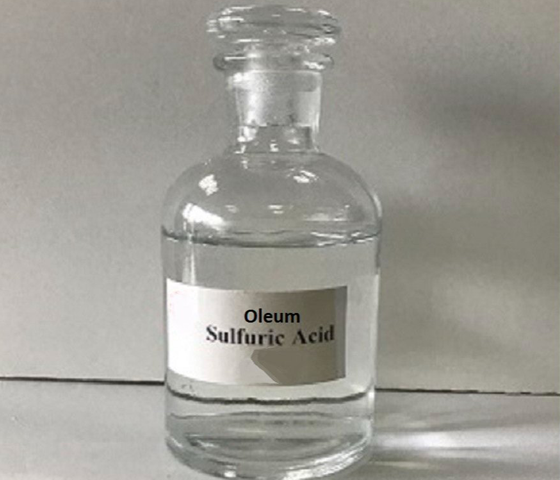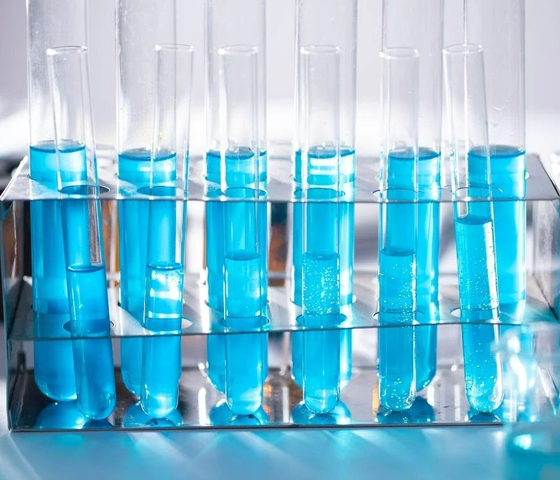High purity: storage batteries, rayon, textiles, dyes, food and pharmaceutical
Low purity: Steel, heavy chemicals, petrochemicals, fertilizers (e.g., superphosphate of lime and ammonium sulphate), explosives, detergents Industrial chemicals e.g., in making hydrochloric acid, nitric acid, sulphate salts, other

This is a widely used industrial chemical utilized as an intermediate to produce many different organic and inorganic chemicals. These include sulfonation (chemically adding sulfate) processes, nylon manufacturing, the production of dyes, nitrating reactions and hydrofluoric acid (HF) production.
This is a reducing agent and is used for bleaching and as a fumigant. Large quantities of sulphur dioxide are used in the contact process for the manufacture of sulphuric acid. It is also used in bleaching wool or straw, as a disinfectant and in the food processing industry to enhance the shelf life of products

It is used as an intermediate in the production of sulfuric acid, other explosives.
Used in Dyes, dye intermediates and pigments, Synthetic sweeteners, Drugs and pharmaceuticals, Ion exchange resins, Pesticides.

This is used inside lithium-thionyl chloride batteries as the positive active material with lithium as the negative active material. It is also used as a reagent for the production of other chemical compounds or materials. It is also used widely in the pharma industry during synthesis of drugs, vitamins, and herbicides. It is commercially available and used in industrial chemical reactions.